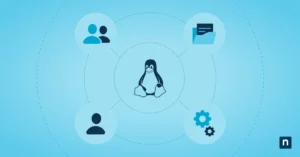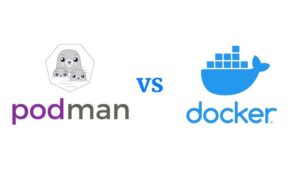
BOINC is software created and distributed under the open source license so that in other things it can be used for commercial purposes, without restrictions. In addition, this software was developed to carry out large-scale, high-performance computing projects. Thus, facilitate and achieve the implementation of computing platforms that involve millions of computers around the world. It is a software that was developed mainly for the SETI project, which began as an open infrastructure for network computing (Berkeley Open Infrastructure for Network computing) allowing teams to participate by sharing their resources.
BOINC is used in voluntary projects.
This software can be used in voluntary computing projects and thus be able to help different projects that need great automation in different mathematical calculations, science among others, BOINC is used in different massive everyday devices, many public or private organizations benefit from said software because it supports the use of virtualized GPU-based applications.
Reasons why BOINC is currently used in different voluntary computing projects, many of which are associated with public or private scientific research.
BOINC is compatible with many operating systems
This development platform can run under various operating systems, such as Microsoft Windows and various Unix-like systems including Mac OS X, Linux FreeBSD BOINC is free software and is available under the GNU LGPL license.
What can BOINC do?
BOINC is really a software that will be in charge of managing tasks and computing them with the resources that you assign as parameters to this program, allowing you to modify them at any time and in such a way that it hardly intervenes in the normal operation that you give to your computer (or device). since it also exists for android).
Citizen Science
Put your computer to investigate against the on-going pandemic. Since April, more than 4,000 computers have been connected to the Boinc platform to perform calculations that help to study whether drugs used for other diseases could block the replication of the SARS-CoV-2 coronavirus. They are computers like yours that participate in the Covid-Phym project on a voluntary basis. They receive work packages and perform calculations in their downtime, when the screensavers are activated. Thus, through distributed computing, this citizen supercomputer joins the fight against COVID-19.
Installing BOINC
The official website is https://boinc.berkeley.edu/ and the source code can be obtained from https://boinc.berkeley.edu/trac/wiki/SourceCodeGit. although it is usually in the repositories of the main GNU / Linux distributions. If you want to install it on android, check playstore.
Below is the process for installing BOINC on GNU / Linux:
It is necessary to be able to use a user with administrator privileges (root), and to install BOINC with the graphical environment, we execute:
# apt-get install boinc.client boinc-manager
Without graphical environment, only the client is installed:
# apt-get install boint-client
In the case of installing BOINC without a graphical environment, the following steps must be followed for safe execution that can be implemented on servers:
1. Create the daemon script in / etc / default / boinc-client.
2. Put the BOINC binaries (boinc_client, boinc_cmd, and boincmgr) in / etc / boinc-client /.
3. Create / var / lib / boinc-client / for BOINC data files and project directories.
4. Name the daemon boinc-client.
5. Create a user called boinc. For security reasons, boinc must be mapped to the BOINC data directory (/ var / lib / boinc-client /) and all the data files and subdirectories that you create in the data directory.
Now, all you have to do is reboot the system to verify that BOINC actually starts up; This will allow us that, even if the system loses electrical power, or we restart it for some reason, it will restart the BOINC daemon when the operating system starts again.
Configure Preferences
Now is the time to choose the percentage of our equipment to be used.
At this point there is no configuration that is the same for everyone, so you should try to find a balance that works well (this is not usually difficult at all).
My configuration is that I always use all the processors and threads using a maximum of 25% of the equipment in summer and 35-55% in winter (this percentage difference is so that it is less hot in summer with overclocking so it does not have to what will happen to you). For the RAM I leave 500mb, for the network 100kb / s and on disk I reserve 5GB since it is SSD and the projects do not usually occupy so much, that is, 5GB is left over unless you participate in many.
For the GPU we can establish if we want to use it or not. If so, it is possible to say the downtime required for the processing to start working with it. By default it is preset at 3 minutes, although I prefer 11 minutes for it to jump after the screen locks and thus make sure that I am not really on the computer.
Finally, I encourage you to try and participate in a project of your interest, perhaps you contribute with some scientific advance that can improve the quality of life for many people simply with resources that you do not use from your team.
Thus, with the help of this software, we can all help scientific advances and other projects that are necessary and implementing all the requirements to new projects that are still in development and of which are of benefit in these times of pandemic and despair knowing the scope of this software could have improvements and higher hopes.
As for scientific projects in various areas that can range from research on diseases such as covid-19, or as the case of global warming, to complex astronomical and cosmological studies among many other areas of research. Of which this
software for the line of research and projects I have from this point where the help of everyone through devices we can help progress in these moments of despair would be very useful to have this BOINC software.










This is great!
Do you know about The BOINC Workshop 2021?
3 Wednesdays in April: 14, 21, 28 / 3.5 hrs
https://www.boincworkshop.org/